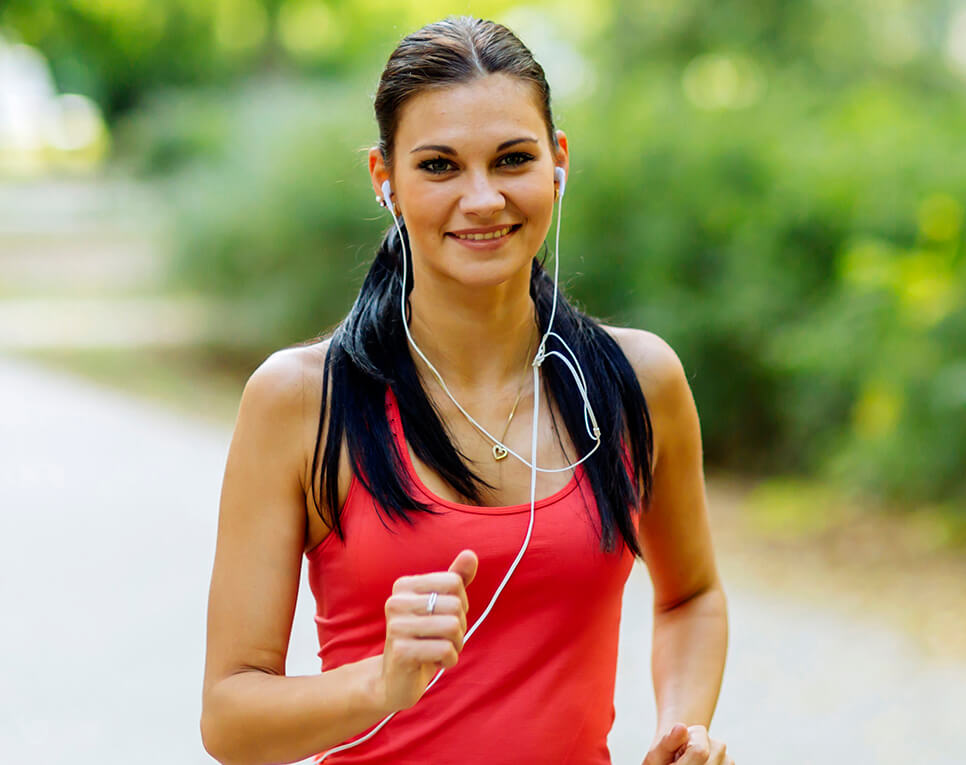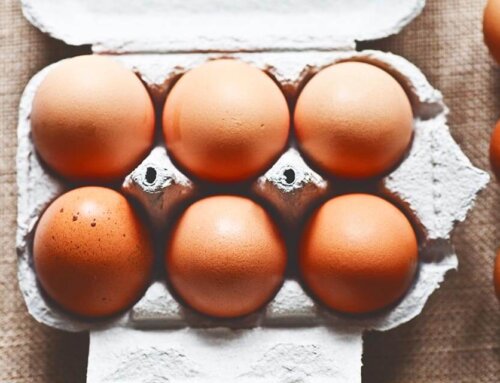
With the cooler weather, runners everywhere, from seasoned vets to first-timers, are hitting the road, but it won’t be long until that painful excuse to hang up the laces creeps up on us. While the title of this post could easily turn into “500 Reasons Running Hurts,” let’s focus on some simple fixes to specific areas to keep you out there on the track:
- The eyes: Staring at the ground a yard in front of you is one of the first reasons your running form is lacking. Did you know that 70% of the brain’s connection comes from the eyes? So, if the input you are giving your body is slump city, don’t be surprised if you have trouble keeping your shoulders back and your form fluid. Now the obvious solution is to look up, but it may not be so easy for those of us who spend the day at a desk or constantly checking our inbox. Developing these habits all day will bleed over into your running pursuits and lead to mechanical breakdown. The best solution here is to make sure to follow the 20-20 rule. Every 20 minutes make sure to look up at something about 20 yards away. This strategy can easily transition to your favorite running path and you’ll quickly notice a change in form.
- The elbows: Working our way a little further south, let’s discuss the swinging, or lack thereof of in your arms. I can hear you already “I swing my arms, I swing them a lot!” and that’s great, but an exaggerated swing is typically overcompensation for a lack of reciprocal alternating rotation of the rib cage. This is the runner who looks like they are in a boxing match, with their hands pumping forward to guard the face, therefore not allowing for any extension or rotation of the torso. The fix here is in the elbows. Imagine throwing your elbows behind you in order to fend off those slower runners you’re now beginning to easily pass. Biomechanically speaking this rotation is crucial and can grossly improve oxygen transfer through the system. Ideally, you’ll know you’ve accomplished a thorough arm swing if you notice your chest shifting left and right. The arms are the pendulums that keep this process in tact.
- The torso: While the elbows cue should help encourage thoracic movement in the transverse plane, we still have the frontal and sagittal parts of the torso to consider. Now that you are keeping your eyes up, rotating your rib cage, let’s see if we can encourage some forward momentum with our upper body. The idea with this cue is to keep your chest up, be proud of who you are. We will often tell the kids this, and it works surprisingly well with some adults: imagine there is a string tied to your chest and a kite is pulling you up and forward. Running is momentum and weight shift. The gaze and chest cues should shift your body weight forward and propel you to new personal records.
- The stride: I personally know a barefoot runner who does ultras, and the marathon world record was just broken by a heel striking man with 10mm cushioned shoes. So find what suits you and move on, but ask yourself: do your feet make the same sound when they land? Does one foot slap the ground while the other smoothly grazes the grass? Does one foot land on the toe and the other the heel? Gait dysfunction and asymmetry are incredibly common. Consider first where your foot is landing, and then also feel for where you are pushing off from. Most runners will only feel the landing, but you need to also consider where you push off from. Certain groups of muscles fire under specific conditions, so if you are only on the outside of the foot, you are limiting your muscular capabilities by only firing that set. Ideally you’ll be able to use all your muscles at a low level instead of fatiguing those calves to the point of constant spasm. Whatever your case may be, try to get full use of your body by balancing the effort through the foot.
- The shoe: The calcaneus, or heel, is an important stabilizing structure to the entire body, yet our footwear, especially our laces, typically doesn’t reflect that. It is generally accepted that the body is built so that one joint is stable while the next joint is mobile and so it repeats through the body. It’s Newtonian physics 101 – I cannot move unless I have something to push off of. A mild oversimplification, but you get the idea. Without breaking down each of the 33 joints within the foot, let’s just agree that the forefoot should be nice and mobile, with the heel stable and the ankle nice and mobile. Any insult to this system will cause the next joint to “give up” its inherent stability or mobility. So the easiest fix for this is to give the calcaneus as much stability as we can. Secure it all the way back in the cup of the heel and then make sure to use that last lonely lacing hole that no one uses to secure it firmly in its place. This will allow the joints above and below their maximum joint-ness and will be one less painful bullet to dodge on that long weekend run you’ve got coming up.





